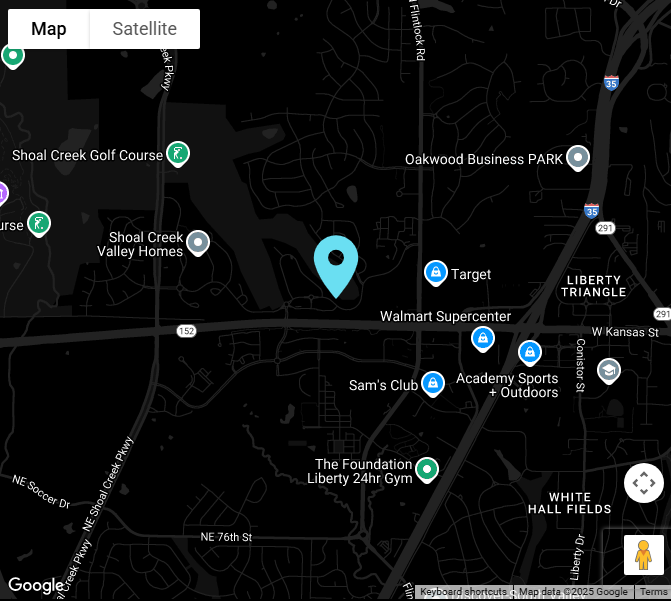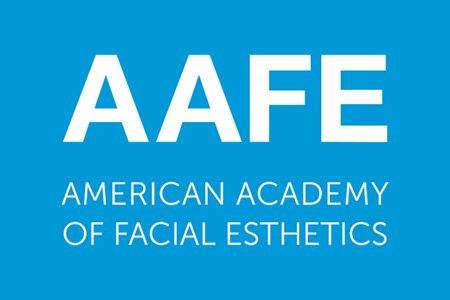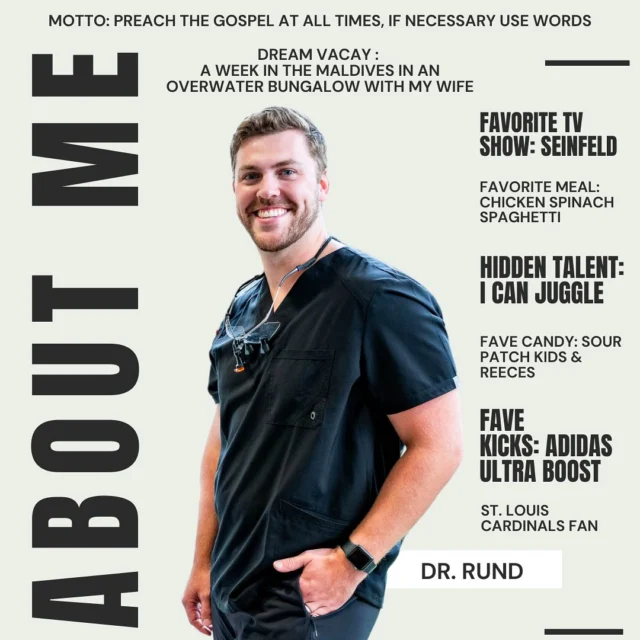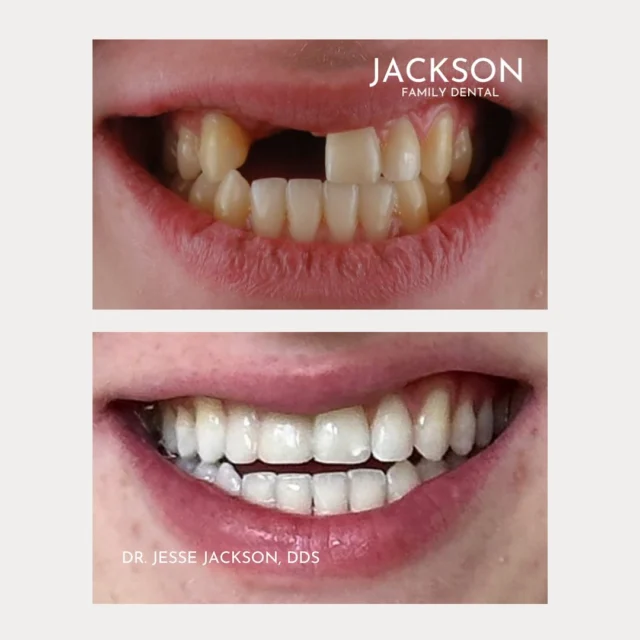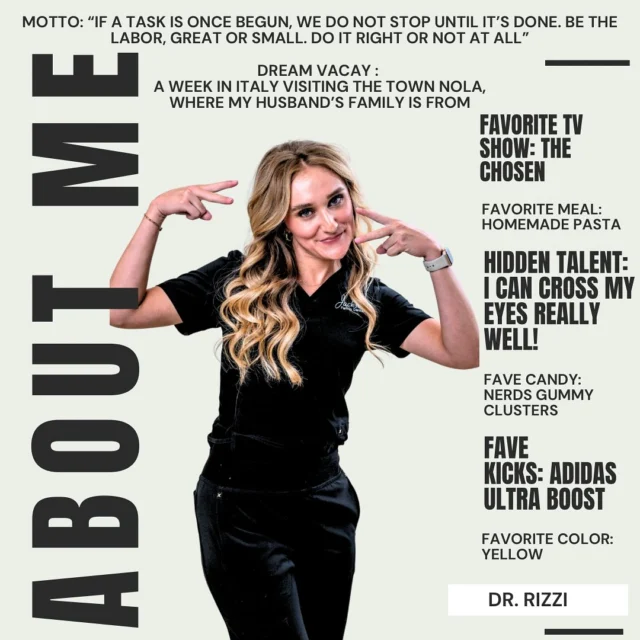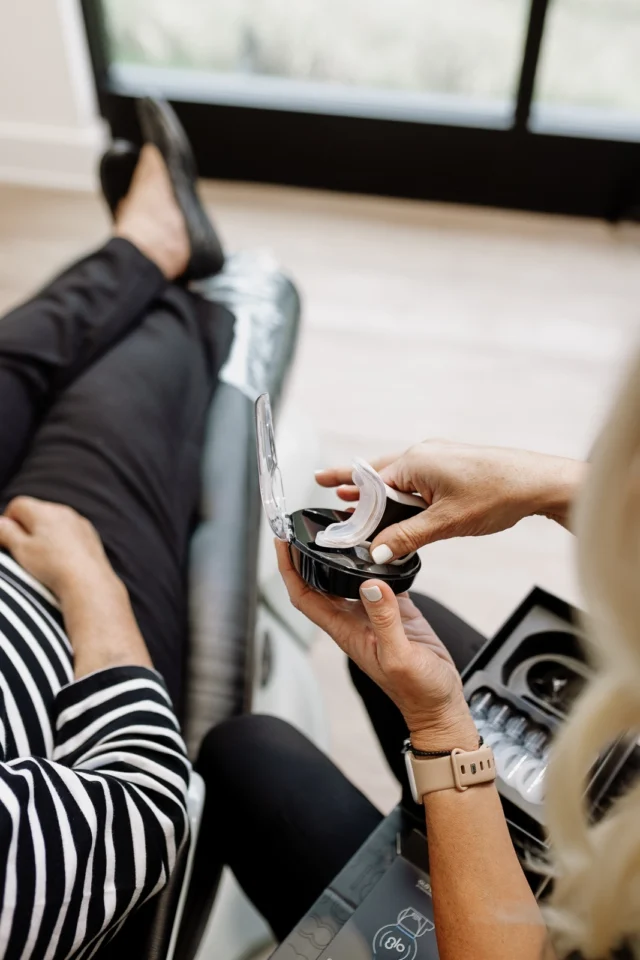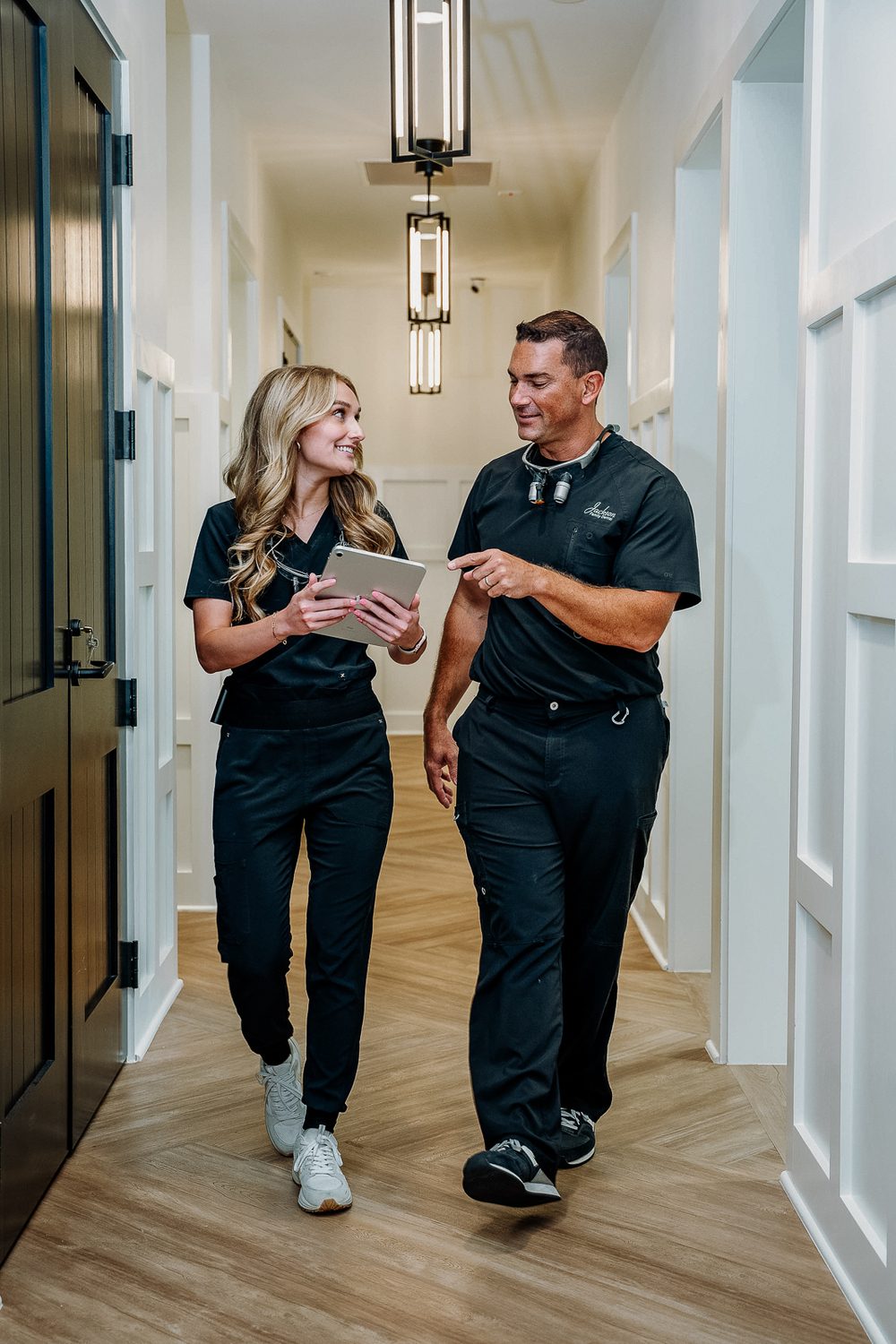
what is sleep apnea?
According to the American Academy of Sleep Medicine, sleep apnea is a disorder experienced by an estimated 25 million people in the United States. When someone with the condition is sleeping, they experience “apneas” which is the clinical name for breathing interruptions.
Repeated apneas can not only disrupt sleep and deplete energy levels, but the condition can also lead to other serious health issues since the strain is put on the heart and blood pressure is increased.
Sleep apnea presents with several symptoms, including:
- Fatigue while awake
- Reduced focus while awake
- Dry mouth or sore throat upon waking
- Restless nights
- Snoring
- Headaches
- Gasping or choking awake
- Sexual dysfunction
how does sleep apnea affect dental health?
Since sleep apnea impacts a patient’s breathing while they’re asleep, dental issues are commonly associated with the condition. Some of the common dental problems that sleep apnea contribute to include:
- Dry mouth
- Cavities
- Gum disease
- Teeth clenching or grinding (Bruxism)
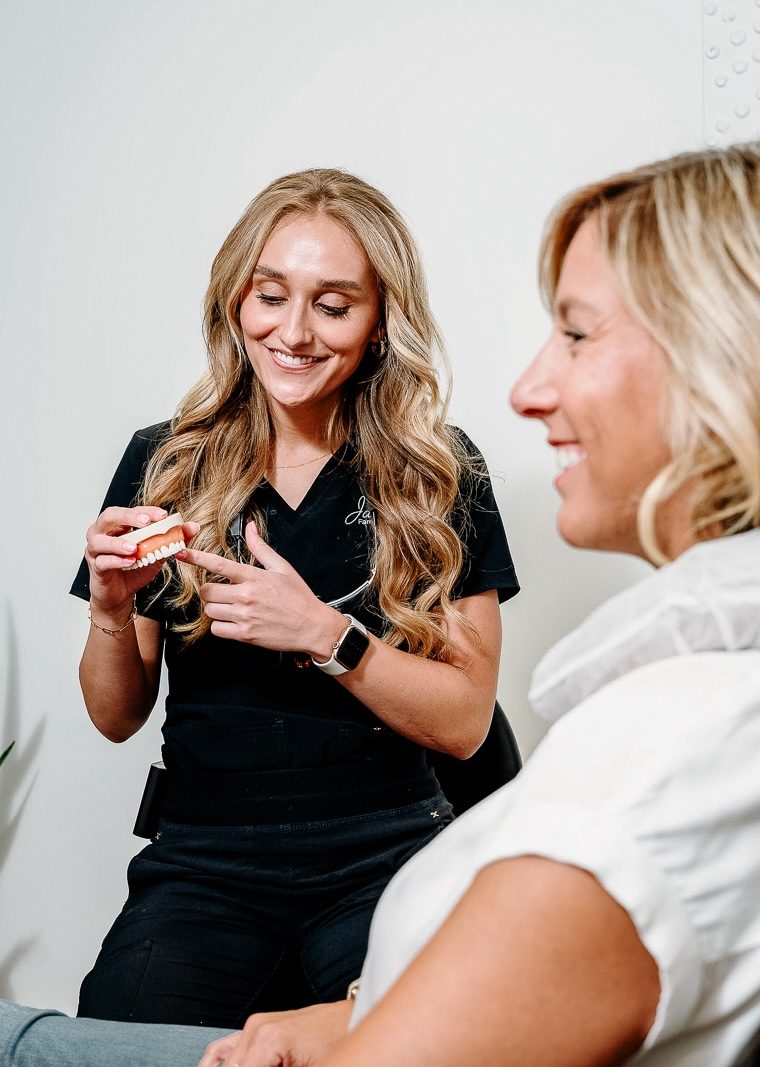
How can a dentist help with sleep apnea?
How does a mandibular advance device work?
A MAD looks and functions much like a mouthguard. It’s custom-made to fit perfectly over your teeth and is typically made with hard plastic material. The device reduces the effects of sleep apnea by moving the tongue and lower jaw forward, which effectively opens the patient’s airway while they’re asleep. This reduces the number of apneas as well as snoring since the airway is less restricted.
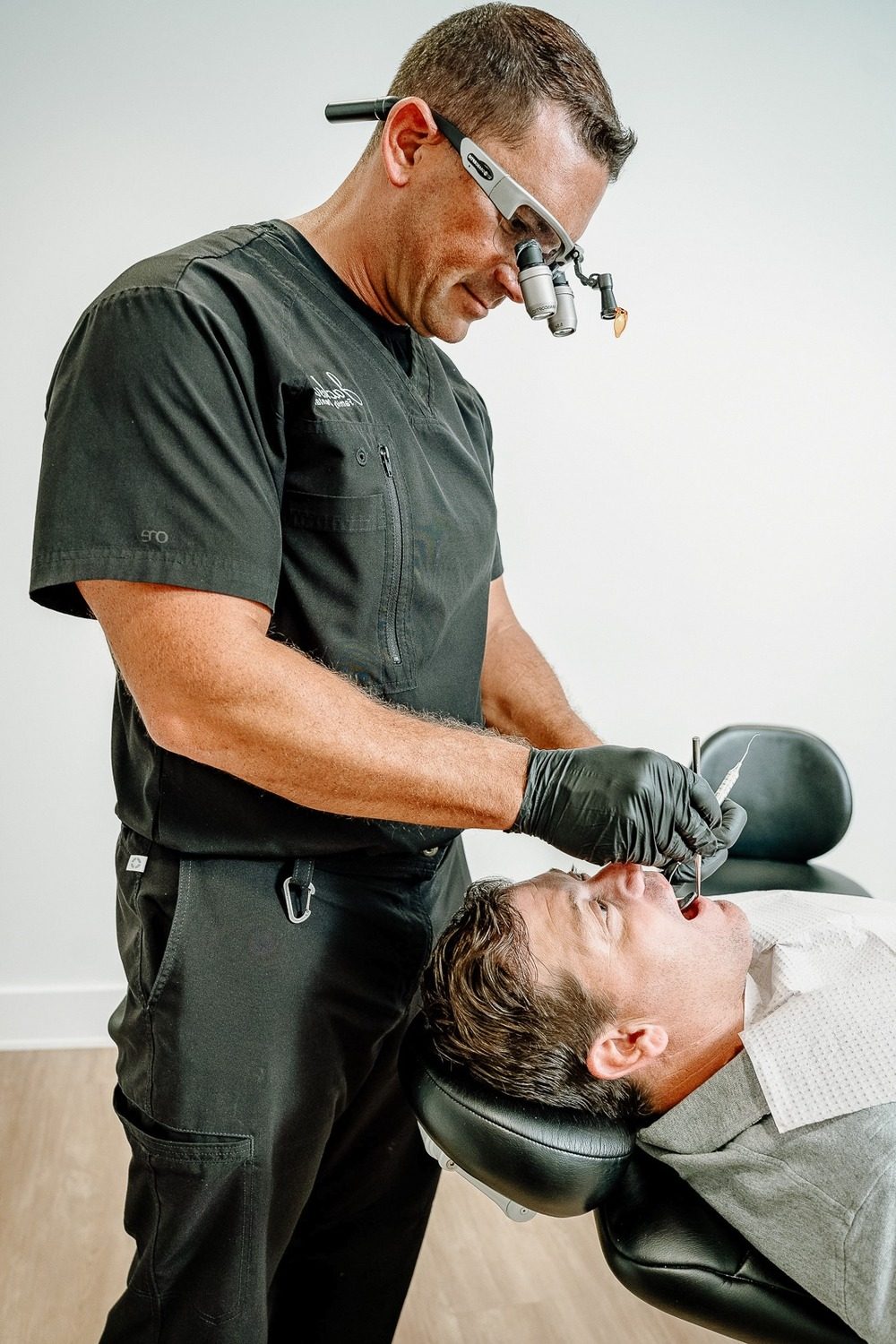
what to expect when visiting a Liberty mandibular advance device dentist
At DR Erjument, we’ll help you get a better night’s sleep and reduce the likelihood of other health problems associated with sleep apnea.
Here’s what you can expect when you get fitted for a MAD for sleep apnea treatment:

Step 1
The first step is to be officially diagnosed with a sleep apnea disorder.

Step 2
After your condition is confirmed, a dentist will take impressions of your teeth and a custom-fitted MAD will be made.

Step 3
Once the device is created, you’ll have an opportunity to try it out in your mouth. It can be adjusted for premium comfort as well as effectiveness in alleviating sleep apnea.

Step 4
You’ll be shown how to care for your device as well as how to start using it on your own during sleep.
common questions about MAD sleep apnea

Is it painful to wear a MAD?
When patients first start wearing their oral appliance to sleep, it’s certainly an adjustment. While it’s uncomfortable in the beginning, there should never be any pain associated with wearing it. If there is pain around the gumline or jaw muscles, this usually means an adjustment needs to be made to the device’s fit or other conditions, like TMJ issues, are present.

How long do mandibular advancement devices last?
If a MAD is properly used and cleaned on a regular basis, some patients will have theirs lasting up to five years. Eventually, however, the device will need to be replaced with a new custom-made one.

Do MADs have any side effects?
There may be some side effects experienced by some patients while using the MAD sleep apnea device, but they are fairly minor and include: Dry mouth upon waking Overproduction of saliva Stiff or sore jaw Slight toothaches The dentist will monitor your oral health at follow-up appointments to be sure there are no teeth alignment issues presenting due to device adjustments being needed.
your questions, answered

Are cavities a problem for baby teeth?
Even though baby teeth are temporary, decay and cavities can cause life-long damage, including infections and orthodontic issues. Don’t ignore the health of baby teeth!

Should my child get a dental sealant?
Sealants are most effective when they’re placed right after permanent molars come in. This is usually around age 6 for the first molars and age 12 for the second molars.

When should I schedule my child’s first dental visit?
Make sure your child has their first dentist visit by age one or 6 months after their first tooth comes in, whichever comes first.

How should I take care of my child’s teeth?
During infancy, use a soft cloth to clean their gums. Once their first tooth comes in, make sure to schedule your child a dental checkup and start a routine of brushing their teeth before bed. Most importantly, avoid giving your baby juice or pop in their bottle. Even with proper brushing, sugary drinks like these are the leading cause of tooth decay.
we look forward to knowing you!
our liberty office

8650 NE Shoal Creek Valley Dr Kansas City, MO 64157 Get Directions

Call (816) 608-8457 Text (816) 340-6288

Monday: 7AM - 5PM Tuesday: 7AM - 5PM Wednesday: 7AM - 5PM Thursday: 7AM - 5PM
